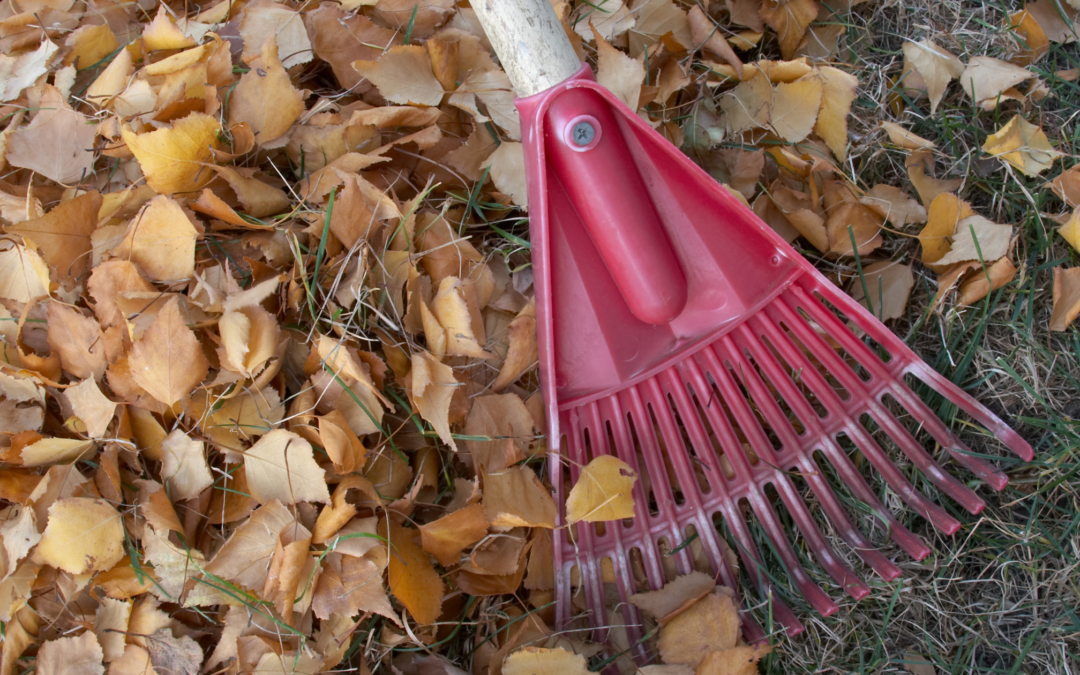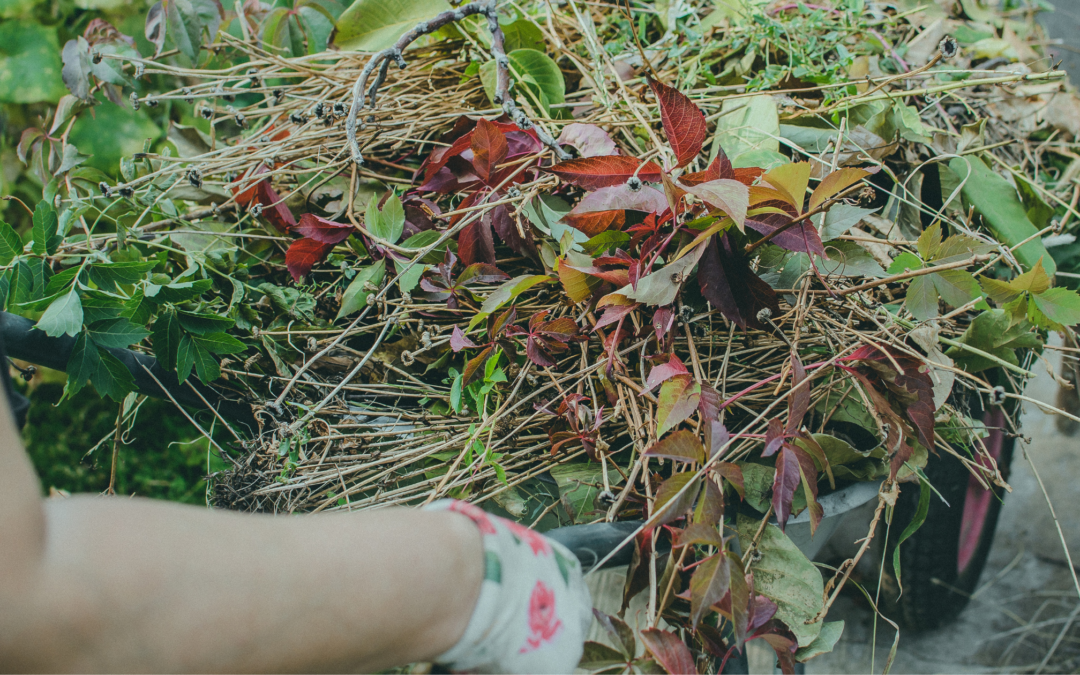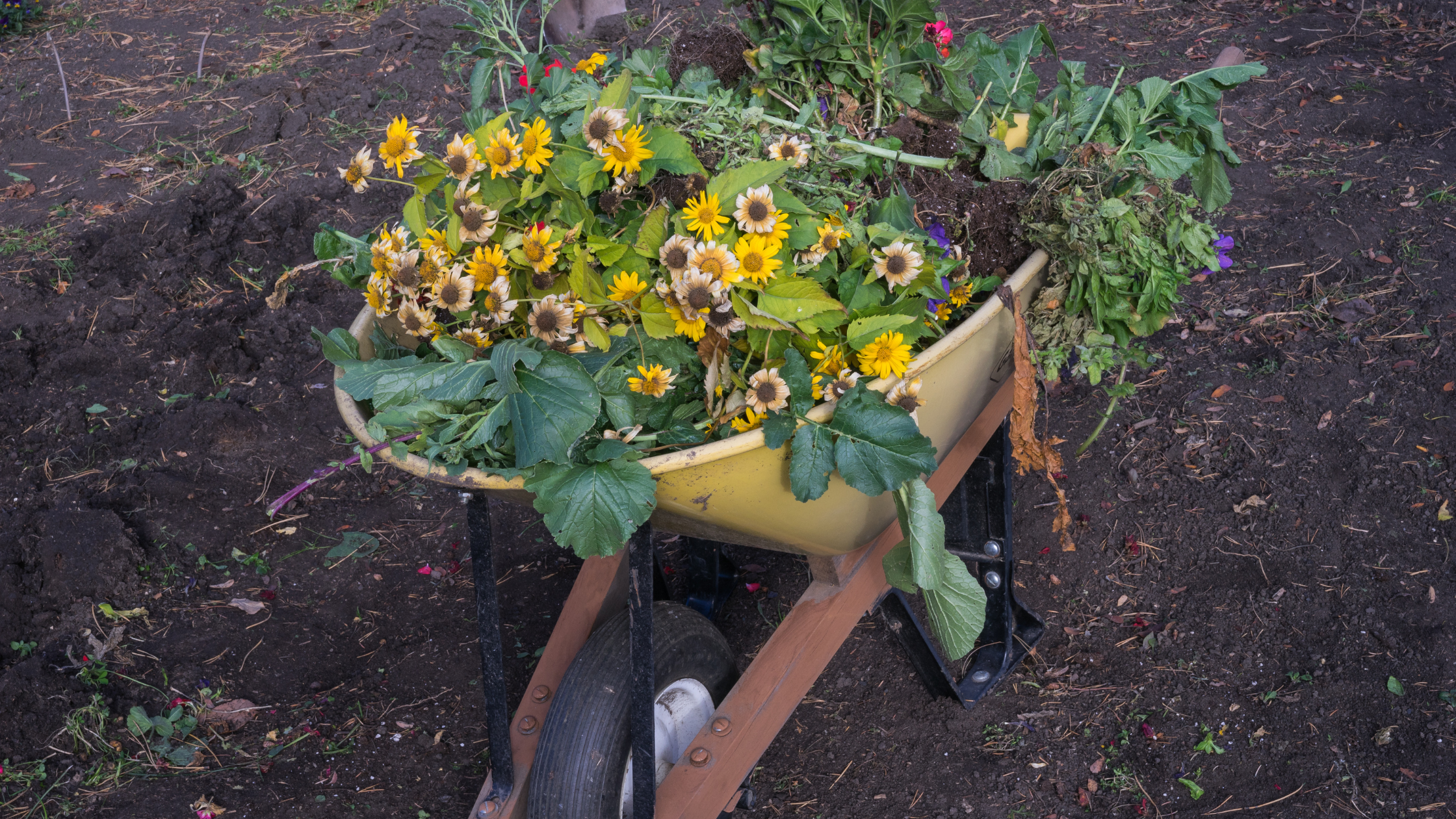
Midwestern’s Guide to a Spring Cleanup
The snow is melting and the temperatures are rising. That means it’s almost time for a spring cleanup in your yard. A little work now can save you a lot of time and effort later in the season. Here’s a Midwestern’s guide to a spring cleanup.
Rake the Leaves
The first step to cleaning up your yard is to rake the leaves. Over the winter, leaves and other debris have likely accumulated on your lawn and in your garden beds. Raking them up will give your lawn a chance to breathe and allow sunlight to reach the soil. It will also make it easier to see what needs to be done in terms of weeding and planting.
Clear Out Dead Plants
Once you’ve raked the leaves, take a close look at your garden beds. Remove any dead plants or flowers that didn’t survive the winter. This will make room for new growth and help prevent disease and pests from spreading.
Prune Trees and Shrubs
Now is the time to prune any trees or shrubs in your yard. This will help them grow healthier and stronger throughout the season. Prune any damaged or dead branches, as well as any branches that are crossing or rubbing against each other. This will prevent the branches from becoming entangled and allow more sunlight to reach the tree or shrub.
Weed Garden Beds
Weeding is a necessary chore in any garden, but it’s especially important in the spring. Weeds can quickly take over your garden beds and steal nutrients from your plants. Take the time to pull out any weeds by hand or use a hoe to remove them. Be sure to get the entire root to prevent them from growing back.
Add Mulch
Once you’ve weeded your garden beds, it’s a good idea to add a layer of mulch. Mulch helps retain moisture in the soil, suppresses weed growth, and adds nutrients to the soil as it breaks down. Choose a natural mulch, such as wood chips or shredded leaves, and spread it evenly around your garden beds. If your garden beds have old mulch in them, you may need to remove the old mulch and add more to freshen up.
Clean Up Hardscapes
Hardscapes, such as patios, sidewalks, and driveways, can also accumulate debris over the winter. Use a broom or leaf blower to remove any leaves, sticks, or other debris. If you have a pressure washer, you can also use it to clean off any dirt or grime.
Check Your Lawn for Thinning Areas
Take a close look at your lawn to see if there are any areas that need attention. Are there bare spots or areas of thin grass? If so, consider overseeding or reseeding your lawn. This will help fill in any bare spots and promote healthy growth.
A spring cleanup in your yard is an important task to start the season off on the right foot. By following these tips, you’ll have a beautiful and healthy yard all season long. Don’t have the time to kick start your yard this spring? Let us take care of the work for you! Call or email us today for more information. Spring cleanup spots fill up quickly so act fast!




Recent Comments